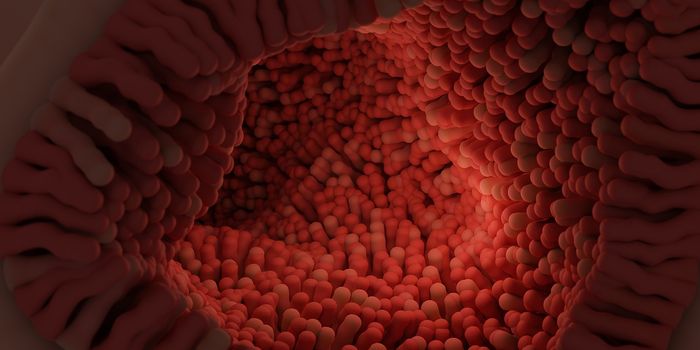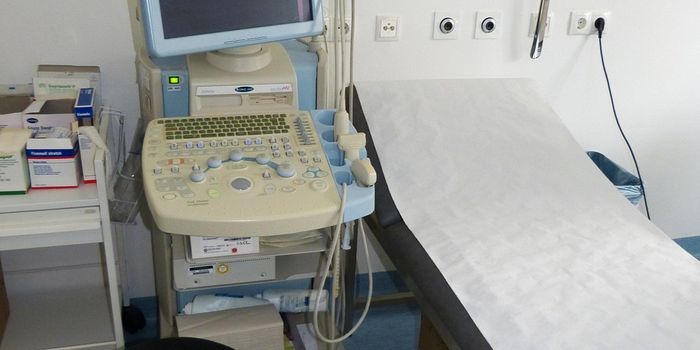Let's Cut the Brakes on the Immune System
Unfortunately, as we are all very aware, cancer has been one of humanities toughest medical concerns. Cancer can be defined as a group of diseases caused by uncontrolled cell proliferation and migration, resulting in abnormal growth of a tumor, within organs and then into adjacent tissue. In 2018 the World Health Organization or WHO estimates that more than 18 million individuals worldwide have been diagnosed with cancer; a number that has increased steadily over the last 50 years.
Cancer treatments thus far have included surgery, radiation, hormone treatment, chemotherapy, and bone marrow transplants. Now, with the work performed by the two laureate winners, immune therapy can be added as a novel way to treat cancer patients. By stimulating the immune system to work against the tumor cells, cancer can be overcome.
James P. Allison, Ph.D., current Professor at the University of Texas MD Anderson Cancer Center, and Tasuku Honjo, Ph.D., current Professor at Kyoto University, have both won the Nobel Prize this year for Physiology or Medicine.
Dr. Allison studied a protein called CTLA-4 that is known to down-regulate the immune response. Allison and colleagues demonstrated that antibodies directed against the CTLA-4 protein on the surface of T cells, the cells that fight pathogens, are capable of increasing the immune response. This is due to tumor cells possessing a ligand that when met with the T cell surface protein, shuts the response off. Significantly, Allison had already developed an antibody that could bind CTLA-4 and block its function. Allison and team experimented on mice and cured their cancer. His team moved on to develop a therapy for humans with skin cancer, melanoma, and when tested, observed as cancer disappeared.
Dr. Honjo identified a new molecule called PD-1. PD-1 was also determined to be a protein on the surface of T cells involved in the down-regulation of the immune response, preventing the T cells from killing cancerous cells. Honjo demonstrated clear efficacy in patients with various types of cancer. Their experimental results brought long-term remission for patients and a possible cure in patients with metastatic cancer, a previously untreatable disease.
A notable characteristic of the immune system is that ability to determine self from non-self. This ability aids the immune system in differentiation between molecules found naturally in the host, and those such as foreign bacteria, viruses, and other dangers.
Allison and Honjo’s work is often referred to as immune checkpoint therapy. Though this is a promising new avenue, it is not without its negatives. Adverse side effects are often observed. An overactive immune response may lead to autoimmune conditions that, while manageable in most cases, can result in more severe outcomes such as death.
Intense continuing research is focused on elucidating mechanisms of action, with the aim of improving therapies and reducing side effects.
New clinical studies are beginning to experiment with combined therapies. Researchers aim to target both CTLA-4 and PD-1. The laureates have inspired efforts to combine other strategies to release the brakes on the immune system to rid of cancer once and for all.
Sources: Nobel Prize, NP Scientific Background, NP Video









